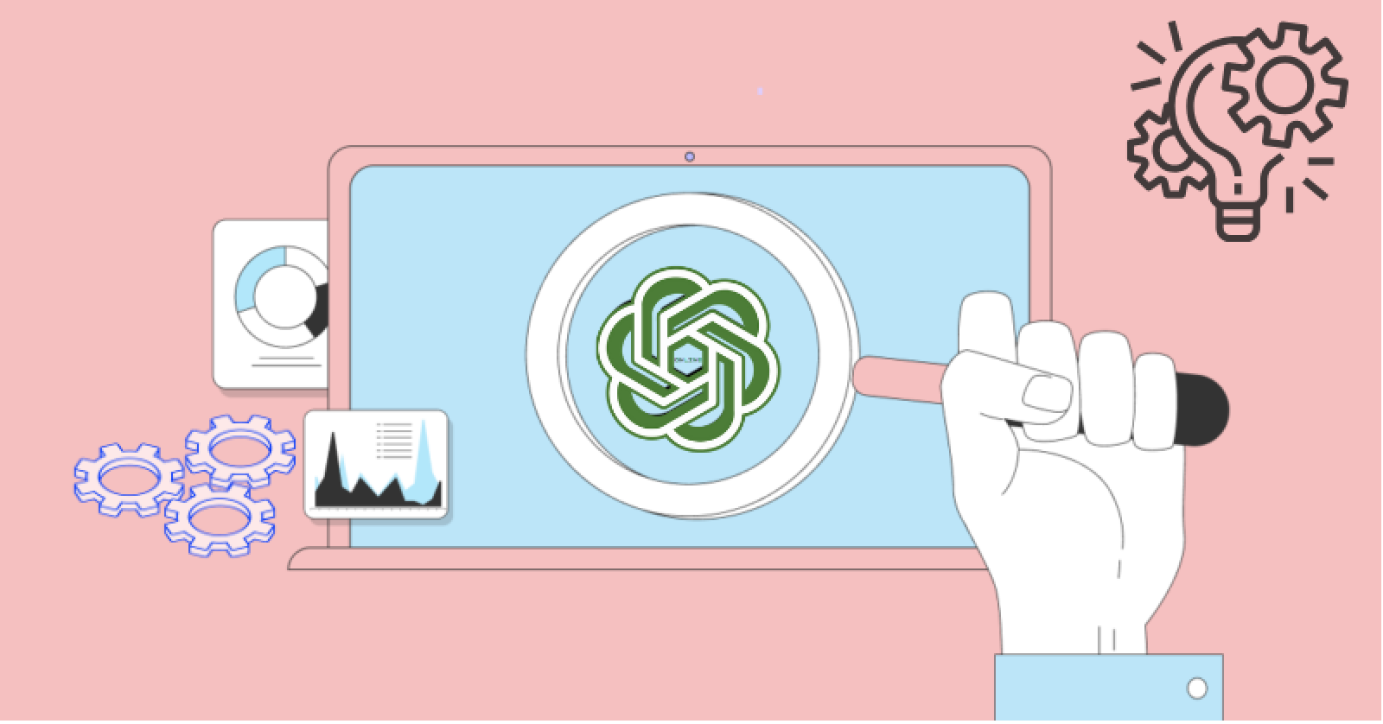Unveiling ChatGPT: Revolutionizing Conversational AI
In the realm of artificial intelligence (AI), ChatGPT stands out as a groundbreaking innovation that has redefined the landscape of conversational AI. Developed by OpenAI, ChatGPT represents the culmination of years of research and development in natural language processing (NLP) technology. In this comprehensive article, we delve into the intricacies of ChatGPT, exploring its capabilities, applications, and the transformative impact it has on communication and interaction.
Unlock the potential of ChatGPTXOnline and redefine how you interact online: ChatGPT
Understanding ChatGPT
ChatGPT is an advanced language model that leverages the power of deep learning algorithms to engage in human-like conversations. At its core lies the Generative Pre-trained Transformer (GPT) architecture, a state-of-the-art neural network architecture developed by OpenAI. Trained on vast amounts of text data, ChatGPT can understand and generate contextually relevant responses to user inputs, making interactions with AI systems more natural and intuitive.
The Evolution of Conversational AI
The emergence of ChatGPT marks a significant milestone in the evolution of conversational AI. Traditional chatbots and virtual assistants often struggled to understand and respond to complex human queries, resulting in frustrating user experiences. However, with the advent of ChatGPT, AI systems can now grasp the nuances of language, infer meaning, and generate coherent responses that mimic human speech patterns. This advancement has paved the way for more natural and engaging interactions between humans and machines.
How ChatGPT Works
ChatGPT operates by generating text responses based on the input it receives from users. When a user enters a query or message, ChatGPT analyzes the text, identifies patterns, and predicts the most likely next word or phrase to generate a response. This process, known as text generation, is achieved through the use of deep learning techniques, such as recurrent neural networks (RNNs) and transformers. By continuously fine-tuning its parameters based on the input it receives, ChatGPT can produce contextually relevant and grammatically correct responses.
Applications of ChatGPT
The applications of ChatGPT span a wide range of industries and use cases, showcasing its versatility and utility. In customer service and support, businesses can deploy ChatGPT as a virtual assistant to handle inquiries, resolve issues, and provide personalized recommendations to customers. In education, ChatGPT can serve as a tutoring tool, delivering interactive lessons, quizzes, and explanations to students. Moreover, in content creation and marketing, ChatGPT can generate product descriptions, social media posts, and other forms of written content, streamlining workflows and enhancing productivity.
Enhancing User Experience
One of the key benefits of ChatGPT is its ability to enhance the user experience across various platforms and applications. By integrating ChatGPT into websites, messaging apps, and customer service portals, businesses can provide users with instant access to AI-driven assistance and support. ChatGPT can understand user queries, provide relevant information, and guide users through tasks in a conversational manner, resulting in a more intuitive and satisfying user experience.
Ethical Considerations
Despite its numerous benefits, ChatGPT also raises important ethical considerations that must be addressed. As AI technologies become increasingly sophisticated, questions surrounding privacy, data security, and algorithmic bias come to the forefront. It is essential for developers and organizations to prioritize transparency, accountability, and user consent in the development and deployment of ChatGPT. Additionally, measures such as bias detection algorithms and ethical guidelines can help mitigate potential risks and ensure that ChatGPT is deployed responsibly and ethically.
The Future of ChatGPT
Looking ahead, the future of ChatGPT appears promising, with continued advancements in AI technology driving its evolution. As researchers push the boundaries of natural language understanding and generation, ChatGPT is poised to become even more sophisticated and versatile. From personalized virtual assistants to AI-driven content creation tools, the possibilities for ChatGPT are endless. However, it is crucial to approach its development and deployment with caution, ensuring that it is used to empower users while upholding ethical standards and privacy protections.
conclusion
ChatGPT represents a significant advancement in the field of conversational AI, offering a glimpse into the future of human-computer interaction. Its ability to understand context, generate coherent responses, and adapt to user inputs sets a new standard for AI-powered conversational interfaces. However, it is imperative for developers, organizations, and society as a whole to address ethical considerations and ensure responsible deployment of ChatGPT. With the right approach, ChatGPT has the potential to transform the way we communicate and interact with technology, ushering in a new era of intelligent and engaging conversations.

